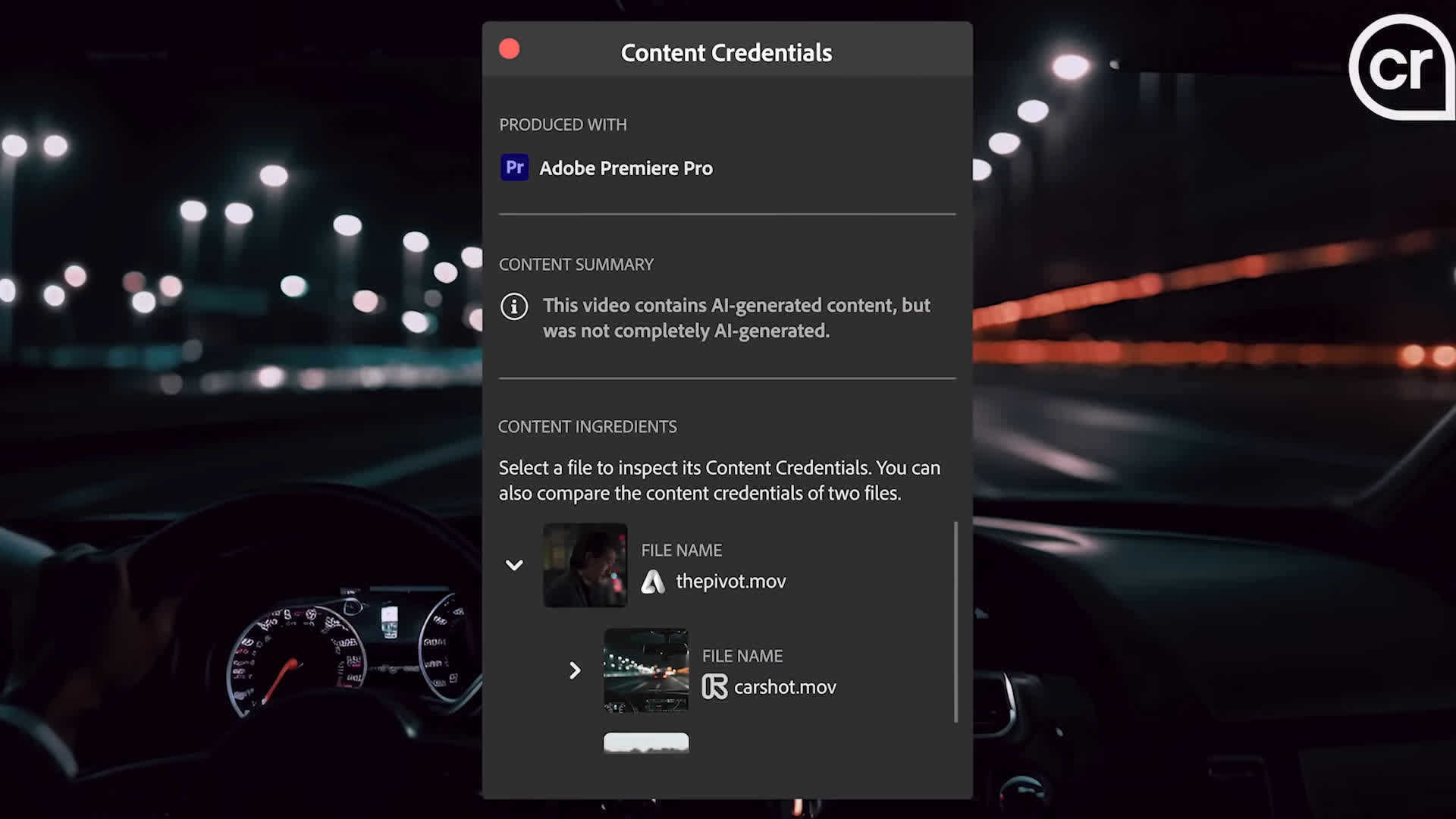
Adobe expands generative AI with Firefly video, launching today
www.techspot.com
The big picture: One of the most impressive applications of generative AI is its ability to create videos from nothing more than a simple text description. Type a few words into one of the many different video generation tools now available including Adobe's Firefly model and out pops what can be amazingly lifelike clips. It's a great example of how powerful this technology has become, as well as how quickly it's advancing. At the same time, many generative video tools also highlight questions and challenges around content ownership and copyright. Some of these have become a key part of larger discussions on the development and evolution of AI-powered tools.We've already started to see this play out with text generation tools that were trained on material scraped from across the internet much of it original commercial content. There are serious questions about whether and how content creators should be compensated for their work when it's incorporated into a large language model.Given the enormous amount of effort (and cost) that goes into creating videos, the voices of concern are bound to grow even louder as generative video usage becomes more widespread.In the graphics world, Adobe recognized these issues early on and made copyright protection a core part of its initial Firefly image generation tools. The company chose to use only content it had licensed and offered compensation to creators when integrating it into the model training process. Of course, it helped that Adobe had an enormous trove of content and direct connections to creators via its long-running Adobe Stock business, which offers millions of still images and videos for sale.Nevertheless, Adobe chose to follow these principles in leveraging that data and built a set of generative content tools that not only met general rules of fairness, but also provided a guarantee of commercial safety. In other words, anyone who used the Firefly tools was assured they would not face legal or financial challenges for using copyrighted content. Given that an important percentage of Adobe's customers are involved in creating commercial content, that has proven to be a significant advantage.Not surprisingly, as the company makes its latest Firefly video model publicly available today (in beta), it is following the same commercially safe principles and offering the same guarantees. In addition, Adobe is integrating support for Content Credentials with its AI-generated video, allowing people to reliably verify that it was created with AI an increasingly critical capability in a world seemingly overrun with deepfakes.Adobe is launching access to the new model today (it was first unveiled last fall) via both a new web application and through a "Generative Extend" feature in Adobe Premiere Pro. The company is also debuting two new Firefly plans and previewing one more. // Related StoriesFirefly Standard is priced at $9.99/month, offering 2,000 audio/video credits per month which allows users to create up to 20 five-second 1080p resolution videos per month. Firefly Pro increases the limit to 7,000 credits and up to 70 five-second videos for $29.99/month. Firefly Premium, arriving later this year for $199.99/month, is designed for creative professionals who, according to Adobe, "expect to generate new video content on a daily basis."Like other offerings, the Firefly video model supports both text-to-video and image-to-video generation, keyframes at the beginning and end of a clip, and the ability to translate and accurately lip-sync audio across 20 different languages.A key differentiator for Adobe users will be the seamless integration with other apps across the Adobe suite. For example, users can easily create workflows that move from a still image in Photoshop or a vector illustration in Illustrator into the Firefly Video model and integrate the output straight into Premiere. Adobe has also added a new Scene-to-Image tool, which can be used to create 3D elements for video whether in an animated or photorealistic style.It's clear that Adobe is focusing on the kinds of tools and capabilities that regular users of its products will appreciate. While many people have been experimenting with other generative video tools for fun, Adobe appears to be focused on delivering practical capabilities that make video creation and editing easier.The new Generative Extend feature in Premiere Pro is a great example of this. While it might only be needed to extend an existing scene by half a second or so, that can make a huge difference for professional editors trying to match existing music, audio, and video elements. Similarly, an early preview of the new Firefly web app user interface highlights key creative choices for aspects like camera angles and movement, helping the model generate more engaging and cinematic outputs.While it's fair to say that Adobe is playing a bit of catch-up in the rapidly evolving field of generative AI video and adding 4K support, which Adobe says will be coming later this year it's also clear that the company is applying its own unique approach to the challenge. For the creative professionals who rely on Adobe for their work, that's an important step.Bob O'Donnell is the founder and chief analyst of TECHnalysis Research, LLC a technology consulting firm that provides strategic consulting and market research services to the technology industry and professional financial community. You can follow him on Twitter @bobodtech
0 Comentários
·0 Compartilhamentos
·43 Visualizações


